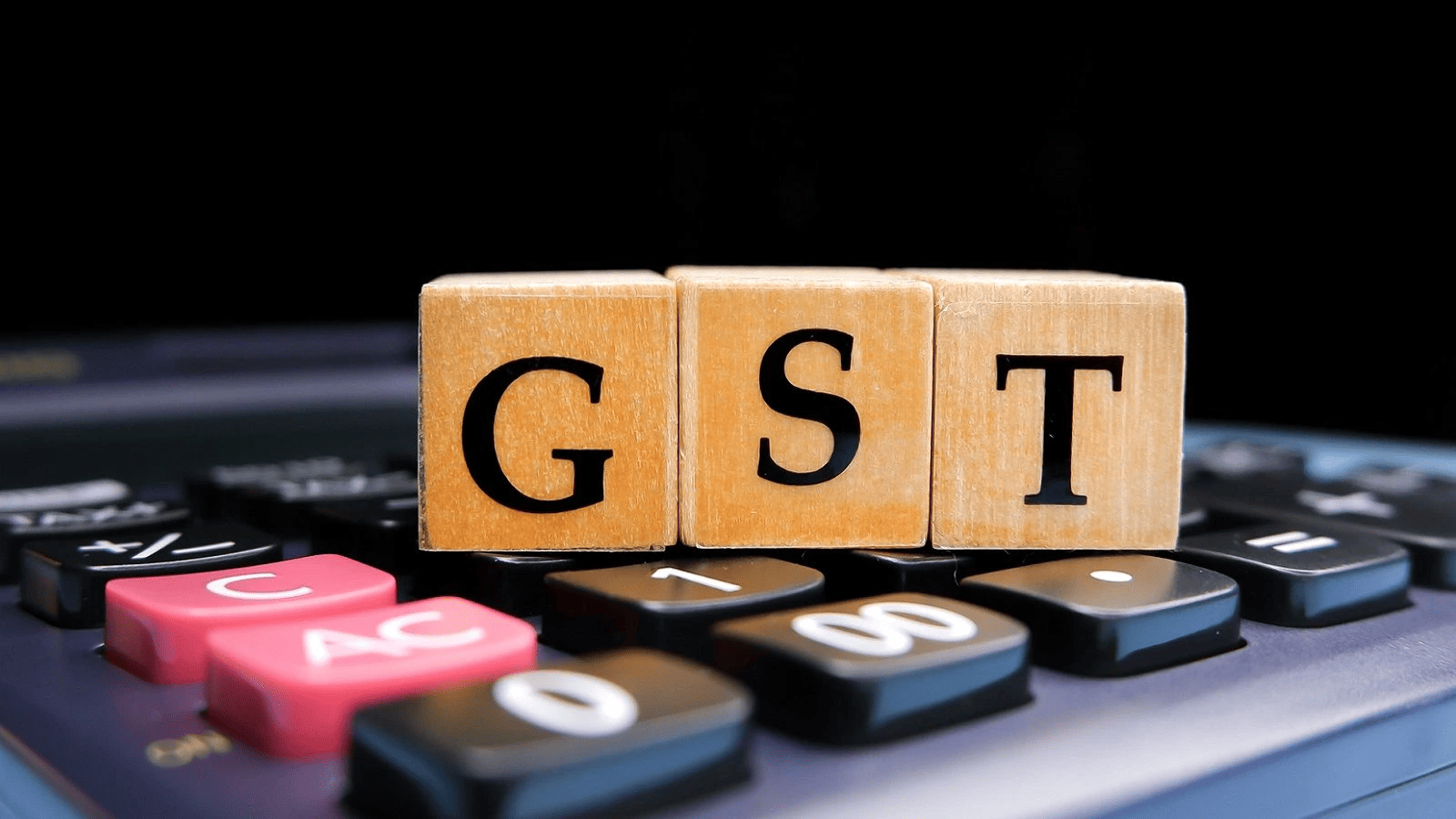
Is an indirect tax levied on the supply of goods and services in India. It was introduced on July 1, 2017, replacing various indirect taxes such as excise duty, service tax, and value-added tax (VAT).
Here are some key points about GST in India:
- Structure: GST is a comprehensive, multi-stage, destination-based tax that is levied on every value addition in the supply chain. It is applicable to the supply of goods or services made for consideration, except for certain exempted items.
- GST Council: The GST system is governed by the GST Council, which is a federal body comprising the Finance Minister of India and representatives from all states and union territories. The council decides the tax rates, exemptions, and other related issues.
- Dual GST Model: India follows a dual GST model, which means that both the central government and state governments have the authority to levy and collect GST. Central GST (CGST) is levied by the central government, while State GST (SGST) is levied by the state governments.
- Integrated GST (IGST): In the case of inter-state supplies and imports/exports, the central government levies an integrated GST (IGST). IGST is collected by the central government and then distributed to the respective states or union territories.
- Tax Rates: GST in India is implemented with multiple tax rates. The GST rates are divided into four broad categories: 5%, 12%, 18%, and 28%. Additionally, certain goods and services are exempted from GST or taxed at a nil rate.
- Compliance: GST compliance involves various activities such as registration, filing of returns, payment of taxes, and maintaining proper records. Businesses with an annual turnover above a specified threshold are required to register under GST.
- Input Tax Credit: One of the key features of GST is the availability of input tax credit. Businesses can claim credit for the GST paid on inputs (purchases) against the GST liability on outputs (sales). This helps in eliminating the cascading effect of taxes.
- E-Way Bill: For the movement of goods above a certain value, an electronic waybill (e-way bill) is required. It is an online document generated on the GST portal, providing details of the goods being transported.
It's important to note that the information provided above is based on the knowledge available up until September 2021. The GST framework and rates are subject to change as per the decisions of the GST Council and the government of India. For the most up-to-date and accurate information, it is recommended to refer to official government sources or consult a tax professional.

No comments yet